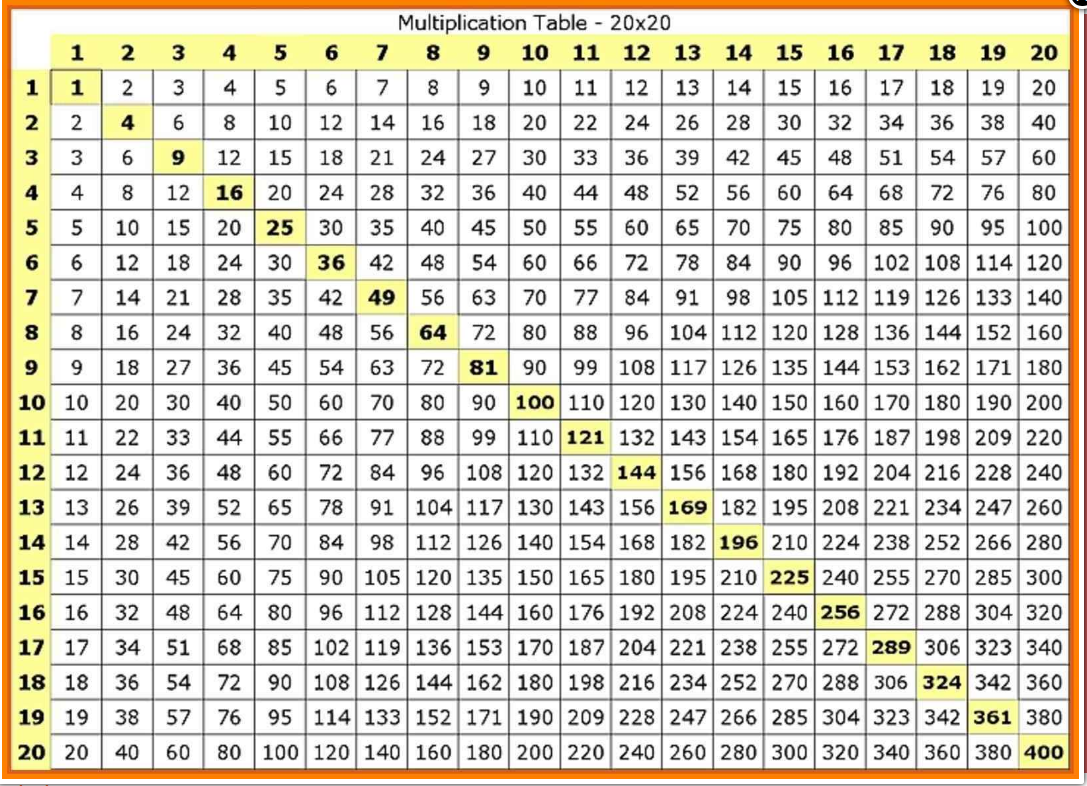Curricul
Curriculum Guide: The Pythagorean Theorem
Compiled by S. Friend
The purpose of this curriculum guide is to provide OER lesson material and support activities for Pythagorean Theorem instruction. It is geared towards GED® requirements. Both printable and online options are provided.
Resource 1: Preview
https://www.oercommons.org/courses/pythagorean-theorem-prove-it
This lesson from Alex serves to introduce the idea of the Pythagorean Theorem to students. Its lesson plan includes:
- Online “memory game” review of square roots: I don’t find this ideal in the typical adult education classroom, but I agree that some kind of square and square root review is in order.
Remix additions: Posters of perfect squares and cubes -- pictured as actual squares and cubes -- are at https://mathequalslove.blogspot.com/2016/07/posters-of-perfect-squares-and-perfect.html -- even more assorted math decorations areat https://mathequalslove.blogspot.com/ ...
To help students see / discuss the relationship between multiplication and perfect squares, provide a times tables chart to 20 such as this one which is a big, printable size in real life :)

Multiplication table 20 x 20 with perfect squares highlighted
- Video Link: This video has no dialogue (aside from background singing) and shows a stick figure sorting blocks around a right triangle. 1:57 Great if you have ELL students
- Printable picture of a right triangle proof. This would make a great “Stand and Talk” (see https://saravanderwerf.com/2017/08/09/stand-talks-the-best-thing-i-ever-did-to-get-students-talking-to-one-another/)
- Printable interactive activity requiring students to work in groups and draw examples of when a² + b² =
c²- Printable Application assignment that includes a rubric.
Resource 2: Learn
https://www.oercommons.org/courses/the-pythagorean-formula-mini-flexbook
This mini-flexbook from ck12.org can be printed and distributed, viewed online, or accessed online and read offline. It covers:
- review of square root
- determining if a triangle is "right"
- finding the hypotenuse
- finding a leg
There are practice questions with answers available.
Remix note: there are explanations about decimals in calculators which might not apply to your situation.
THat's it for remixes!
Resource 3: Application
https://www.oercommons.org/courses/pythagorean-theorem-prove-it-part-2
This lesson from Alex is a follow up to students learning how to find the hypotenuse. Its lesson plan includes:
- Video Link: a man shows how he used the theorem in constructing his deck (I like this!)
- Hands-on activity: students plan the construction of ramps. Students measure and construct ramps for school portables. You may not have portables on your site, and hopefully you are ADA compliant. You could modify it to the length of a ramp needed into a truck/car in the parking lot; a skateboard ramp; or up a short set up stairs if you have one nearby. There is a printable instruction handout to go with this lesson.
- Link to IXL practice problems. This is an online tool. If you don’t have individual computers but you have a main computer you could work them together as a class.
Resource 4: Post-Test
https://www.oercommons.org/authoring/7658-pythagorean-theorem-worksheet/view This is a nice worksheet meant to be used as a post-test. No answers are included, so I have posted them below:
Answers: 1) 5, 2) 15, 3) 12, 4) 18, 5) 3, 6) 196 ≠ 256 NO, 7) 625 = 625 YES 8) 116 ≠ 256 NO 9) a and b are legs, coming away from the right angle, and c is the hypotenuse, the longest side. 10) 13.6 rounds to 14 11) The ladder is 12.5 feet long. 12) She is 20 blocks away from home (assuming the blocks form a diagonal.)
Resources 5 & 6: Online learning options
Khan Academy lesson:
https://www.oercommons.org/courses/intro-to-the-pythagorean-theorem This lesson includes an introduction video followed by examples and practice problems involving finding the hypotenuse, finding a side, finding area of an isosceles triangle, and determining if a triangle is a right triangle. It is followed by a unit on Pythagorean theorem applications. Self-paced or assignable if the teacher has an account.
(Here is a supplemental video about the things you can do with Khan Academy: https://www.oercommons.org/courses/using-khan-academy-as-a-math-engagement-strategy )
Online seminar:
https://www.oercommons.org/courseware/lesson/17826/overview
This leads students through a number of ideas and activities, many of which could be modified for in-class use, although they don’t appear to be printable. This needs some teacher guidance.
- Task 1: Engage question using a right triangle proof.
- Task 2: Read a lesson – watch a video – (quizlet activity has been disabled)
- Task 3: Explain – This looks like it is meant to be interactive, however the seminar is online. It is not clear how the source wants the interaction to happen. I guess it depends on your platform.
- Task 4: Evaluate = online quiz
- Task 5: Elaborate; a task for students to prove they understand
- Task 6: Express asks for opinion on necessity for this skill. Again, your online platform will determine how you want students to respond.